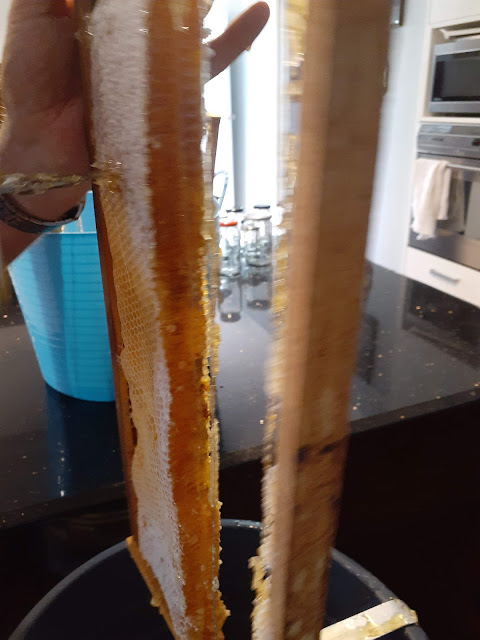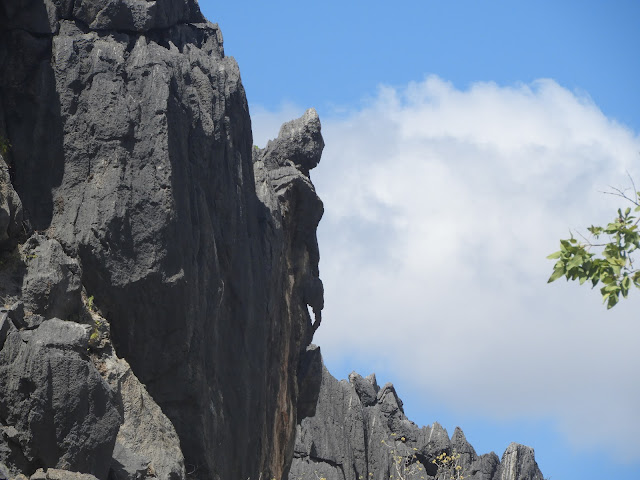We've only been home a week and shortly we'll be heading for Sydney for a small holiday to watch Andrew Lloyd Webber's amazing Phantom of the Opera at the Sydney Opera House, watch the Rugby League Football Grand Final, visit Taronga Zoo and find some amazing places to eat. We will also be spending a couple of days in the famous nearby Hunter Valley Wine Region, we are really looking forward to that. Our interests are very eclectic. So this is a very quick post in between packing, just to say hello and let you know that this Spring, our beehive is now going gangbusters, it's very reassuring.
It's been a busy week tidying up the garden, catching up with friends and beekeeping. This week we managed to harvest some golden honey from our beehive. We both donned our Bee Suits, I took the photos and Mr. HRK inspected the hive. Thankfully we found that the bees are thriving, however we needed to replace some of the full honey frames with empty ones to create space so that the Queen will have room to lay more eggs. The rule is to move a couple of the full outside honey frames in the lower Brood box where the Queen Bee resides to the top box (the Super), move the frames along in the Brood box toward the outside, and place two empty frames in the middle of the Brood box so that the Queen can keep creating new brood there. We removed only four of the full honey frames from the Super to harvest some honey, ensuring there was still enough honey in the hive for the bees to feed on. It's the season when bees like to swarm, and decide to leave their beehive and build another one somewhere nearby, that's if the Queen feels the urge to move house, so we needed to ensure that the bees felt minimum disruption, had enough to eat, and felt there was still enough room in the hive for the Queen to lay new brood, work and live. It's a complex business. We are still learning so much about beekeeping, and it seems that we need to know as much just managing one hive, as those beekeepers who manage multiple hives.
This frame is still a work in progress, and not ready to be harvested yet.
Once the four frames were removed, and all the bees gently brushed off the frames outside so they didn't enter our house, and they will follow the honey trail if allowed, we scraped the racks clean of honey and beeswax into a large bucket in our kitchen, where it was strained into the bottom bucket for that glorious honey.Here is the rich honey and honeycomb falling and dripping into the buckets below.
As you can see, this is very much a cottage industry for us, and it is so much easier to harvest the honey in small batches at home. We'll need to repeat this process in another 4 weeks or so, presuming the bees are still expanding in the hive. Spring is a beautiful time of the year for bees but they will still swarm if they aren't totally contented.
 |
| Beautiful honey dripping into the bucket, pure and clean. |























































